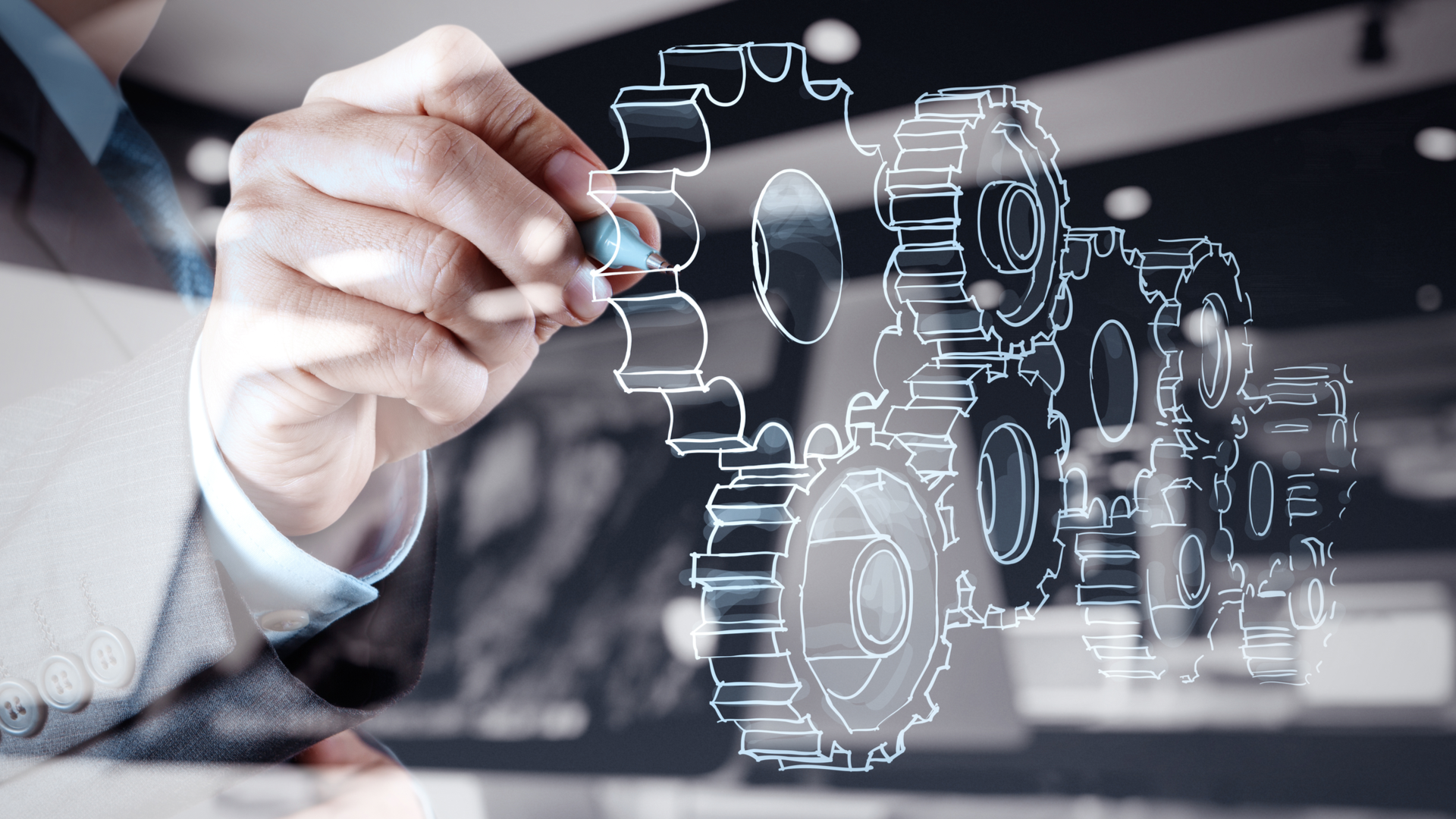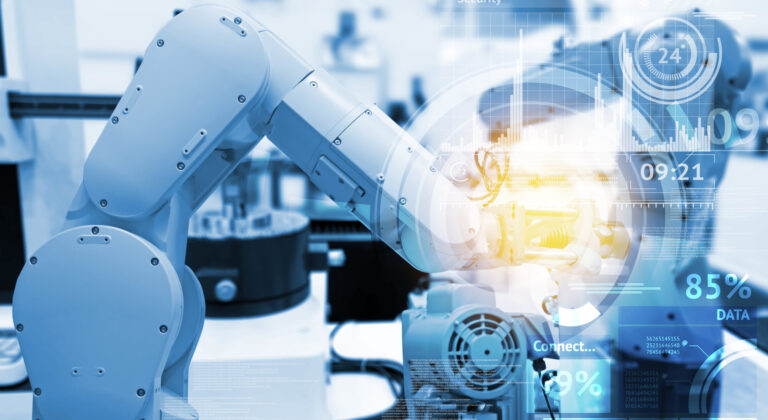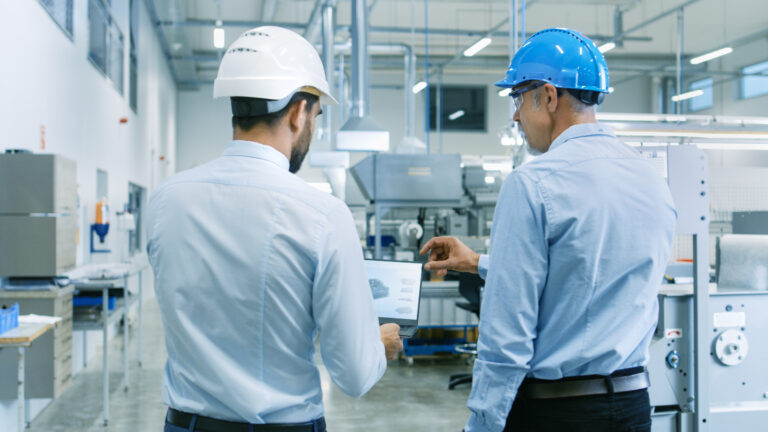
Virtual commissioning adds real value to savvy organizations. It uses simulation approaches to test production systems in the virtual world, before companies commission systems physically. Engineers are free to explore and optimize new ideas in the virtual realm. They identify potential issues early in the commissioning process, eliminating expensive late-stage errors. This drives time and cost savings for organizations while allowing them to identify new operational opportunities and expedite innovation across their business.
The value-added benefits are clear. But many organizations don’t know where to start when it comes to virtual commissioning. The implementation process is complex; it’s more than downloading a piece of software and expecting staff to master it immediately. Reaping the full rewards of virtual commissioning requires a measured and staged approach. It takes patience and planning to guarantee a return on investment from this emerging and productive technology. So how should companies get started with virtual commissioning?
This post will identify the key stages of a virtual commissioning implementation project, examine each stage in detail, and explain how organizations can maximize the benefits of virtual commissioning from day one.
Jumpstart with Digital Simulations
Implementing a virtual commissioning project means integrating simulation with every piece of physical hardware, all at once, right?
Actually, that isn’t the right approach.
In practice, this plan of attack is highly challenging. Organizations that try to do it all at once buckle under the ensuing complexity. A better approach is to start in the digital domain, by writing the code to model production systems. Organizations can even start by modeling a single cell. This reduces the complexity of the virtual commissioning initiative and builds up both understanding and the digital production line, one cell at a time.
Once engineers have developed models, they can use them to test out the system with simulated physical hardware. They ensure the model is behaving as expected and debug any issues as they emerge during early stage tests. This process teaches organizations to understand what it takes to create a working model that predicts physical behaviors. This step alone delivers tremendous value. Engineers can verify the code is clean and ensure it delivers the expected logic or behavior.
Progress with Digital-Physical Cell
The next step is to venture into the physical world, integrating the production system simulations with their physical controllers. Companies can proceed on a cell-by-cell basis, allowing them to gain a gradual understanding of the processes and procedures required to move forward. To achieve this, engineers compile code from the model and place it onto the physical controller. The model is then connected to a simulation. But instead of running the software model on a computer, the code runs on the controller hardware. Companies use this approach to verify that the code works as intended with the controller hardware.
The transition from the previous step to this one should be smooth. After all, the company has already tested its model. Yet, unexpected issues often crop up, and these provide a wealth of valuable information. Engineers identify and resolve errors at an earlier stage, compared to a traditional physical commissioning process. They also simulate the mechanical behavior of production systems, thereby gaining complete peace of mind before moving onto the next step.
Go Deeper with Digital-Physical Systems
Next, engineers link the hardware controllers to their individual cell simulations. They then connect the cell simulations together to one cohesive simulation that spans all the individual simulations. This brings them a step closer to a representation of the production system, essentially creating a room where several hardware controllers are each connected to their simulations, but are also connected with each other in a larger simulation of the production system. So, whatever is occurring in the first cell goes down the production line and affects the second cell, and so on.
Organizations verify the behavior of a single production cell in the prior step. In this one, they confirm the system-level behavior of a multiple-cell production system. In doing so, they successfully create a connected virtual environment, in which they can commission equipment without any unnecessary downtime or the expense of buying and integrating a physical entity into a production line. They simulate production lines in the virtual world to check their behavior in a staged and simple manner. This minimizes the cost and disruption of running into issues when physical commissioning and maximizes the value-added benefits of virtual commissioning.
Recap
- Virtual commissioning provides a range of added-value benefits to organizations that use these initiatives correctly. Organizations can reduce the complexity of a virtual commissioning project via a staged approach, realizing extensive time and cost savings.
- A virtual commissioning effort begins with writing the code to model a production system, starting with a single cell. Then, engineers verify the code in the virtual environment to ensure it delivers the expected logic or behavior.
- Next, engineers introduce the production environment. They start by compiling the code from the model and placing it onto the physical controller. Instead of running the code on the computer, the code is now running on the controller hardware. This moves companies one step closer to a real production environment, and identifies errors at an early stage in the virtual commissioning process.
- Finally, engineers link hardware controllers to their individual cell simulations, and then link these simulations to one, cohesive simulation. Everything is now connected, allowing them to verify the system-level behavior of a multiple-cell production system.






